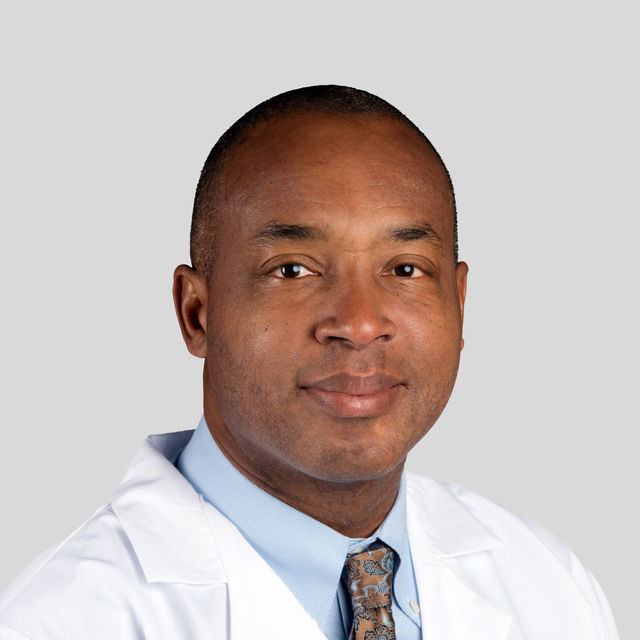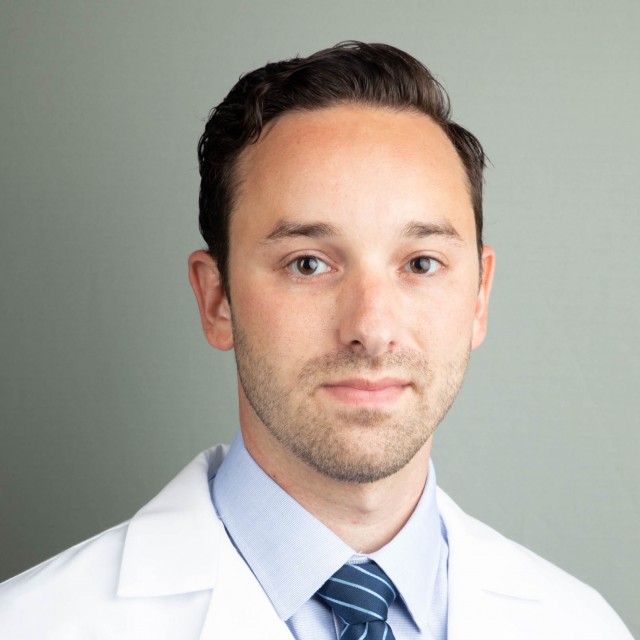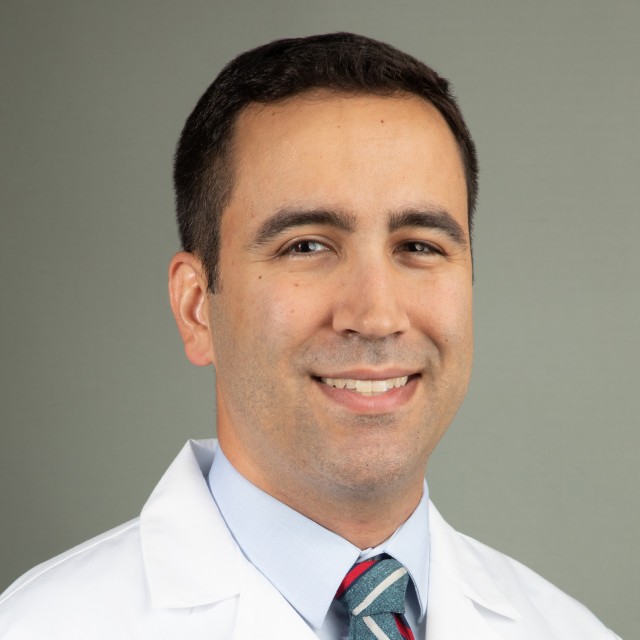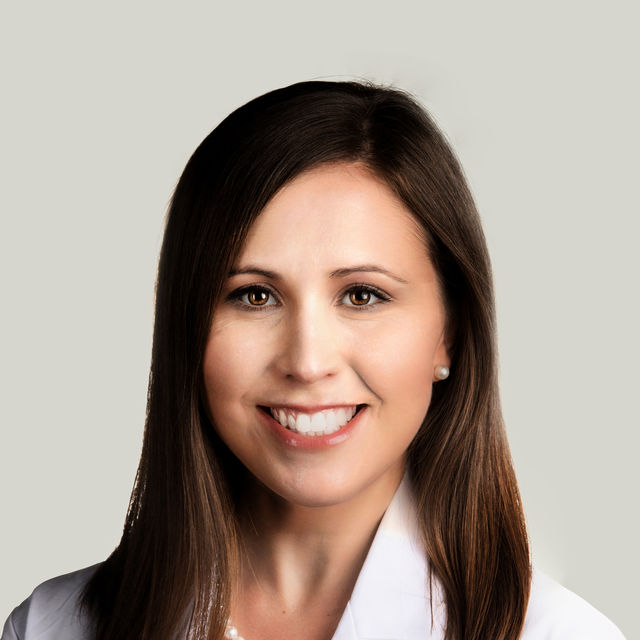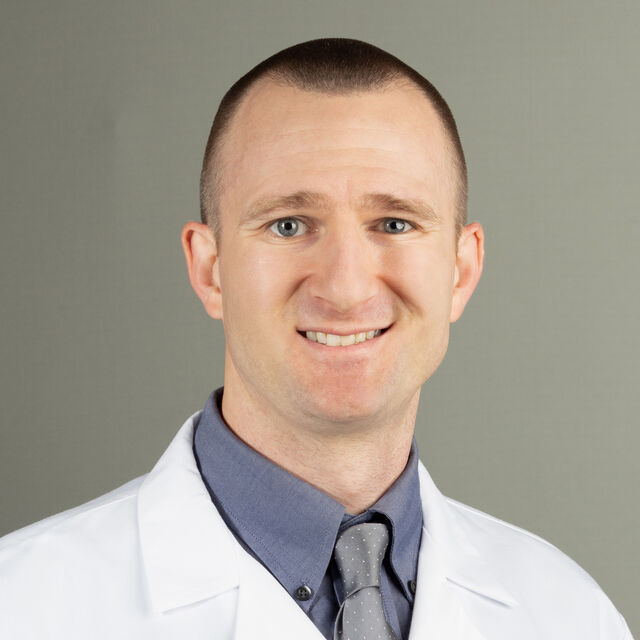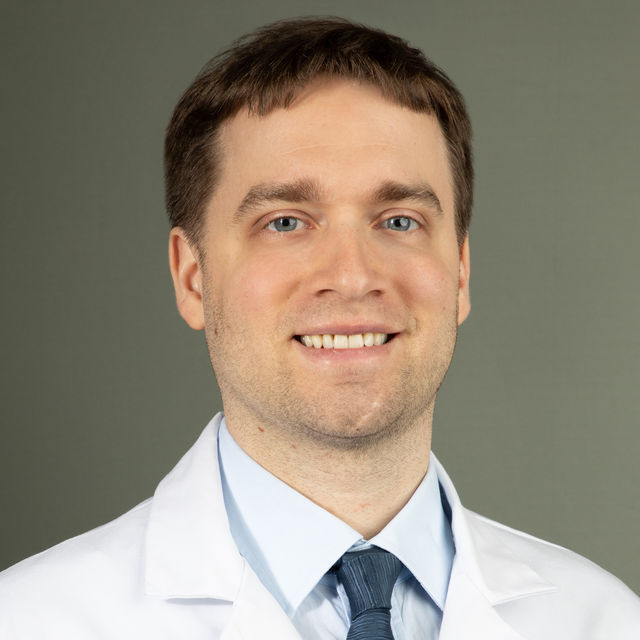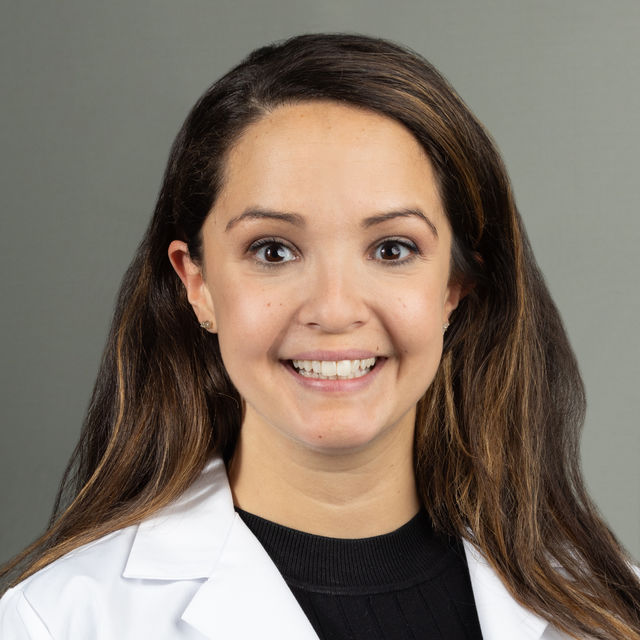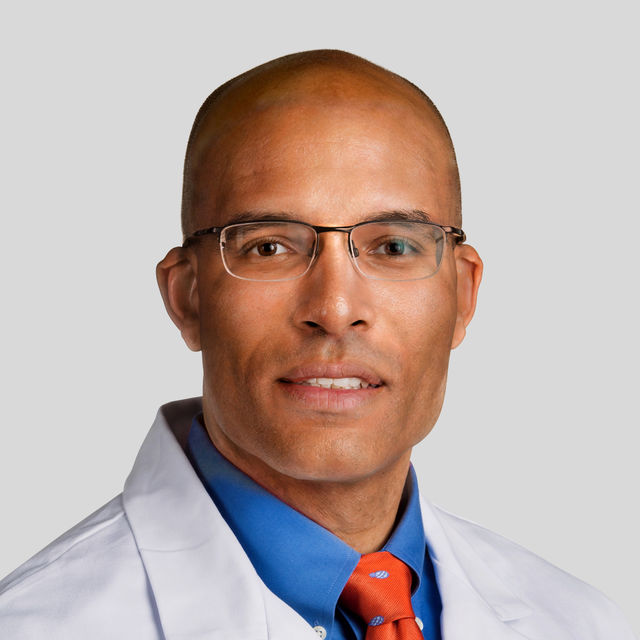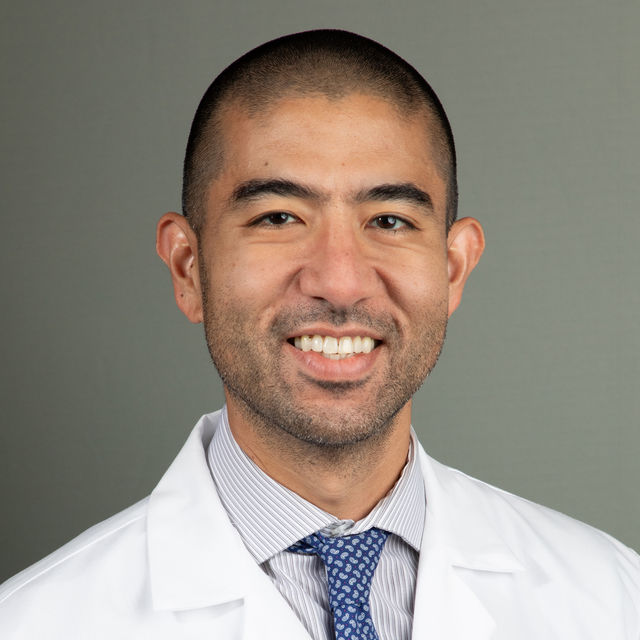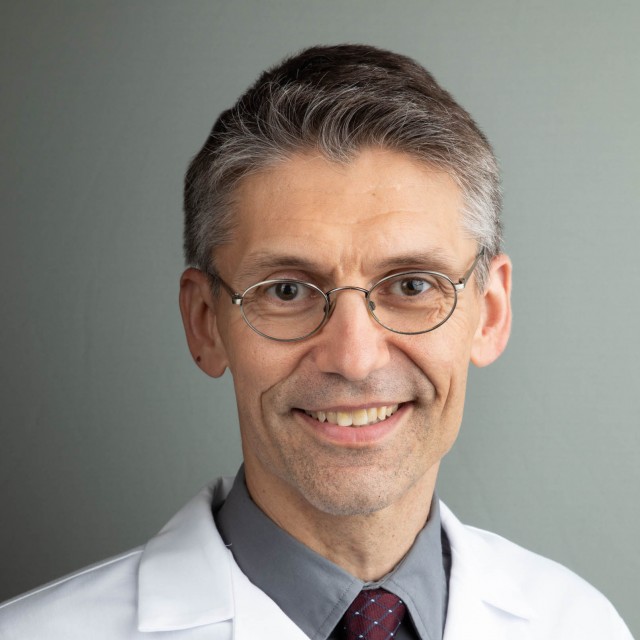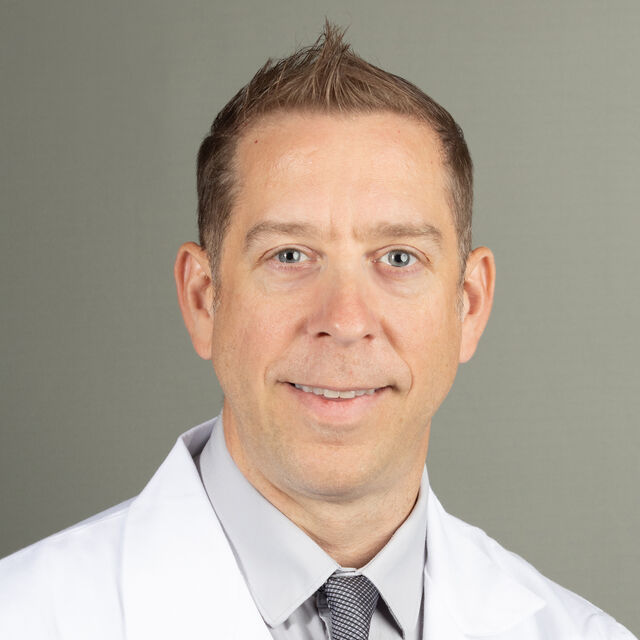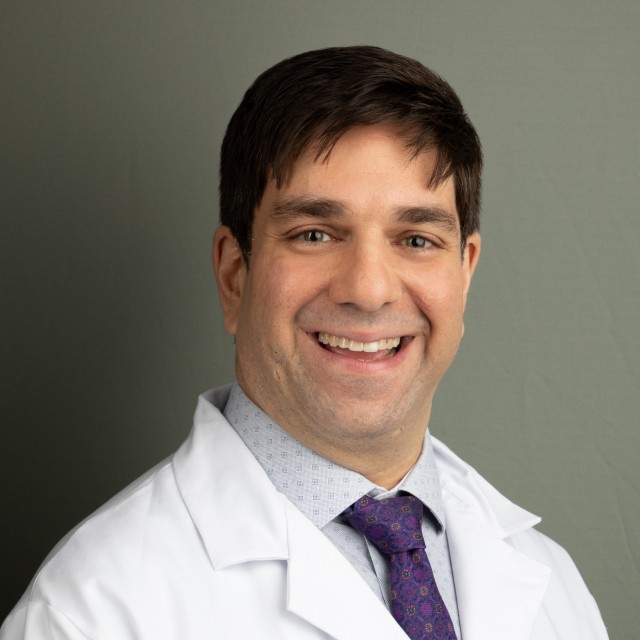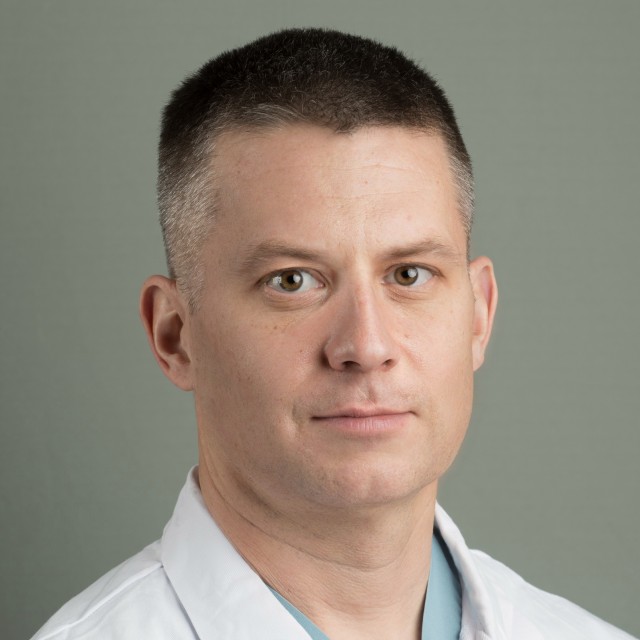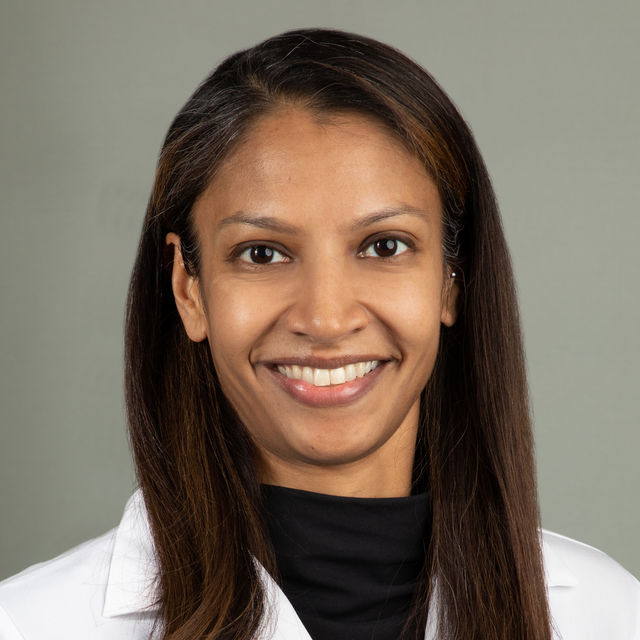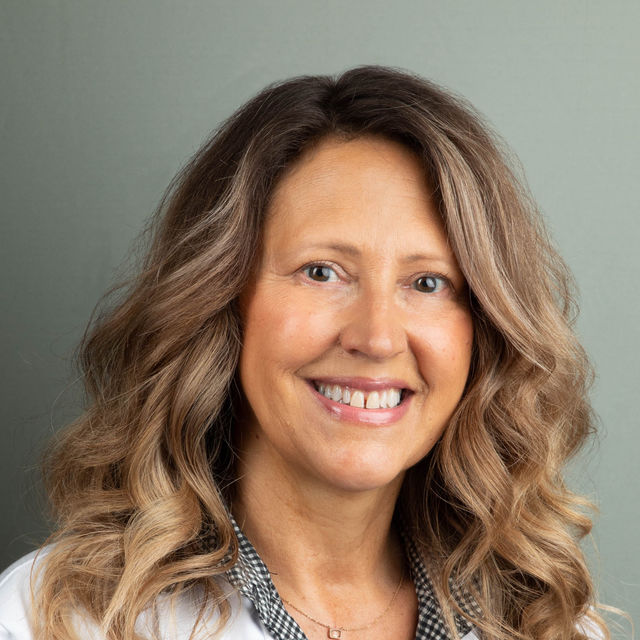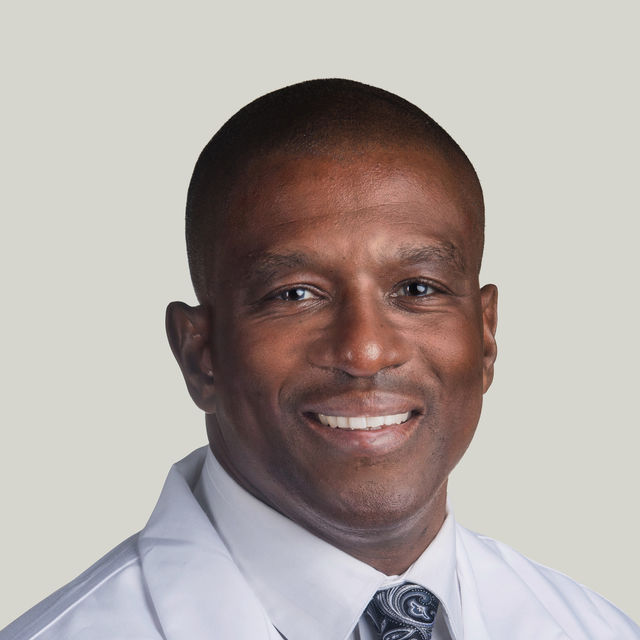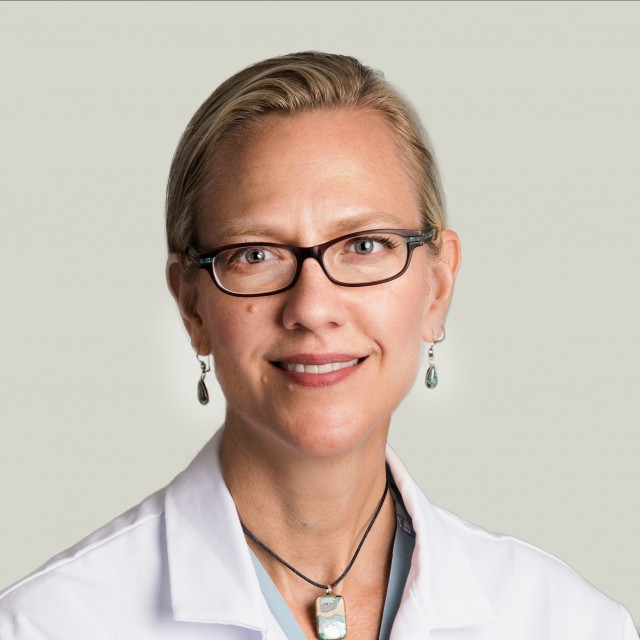Welcome to Level I Trauma & Acute Care Surgery at the University of Chicago Medicine.
The University of Chicago Medicine is designated as a Level 1 Adult Trauma Center by the Illinois Department of Public Health. Our Trauma Center is prepared to handle the most seriously injured trauma patients 24 hours a day, seven days a week. UChicago Medicine began providing Level 1 adult trauma care on May 1, 2018, nearly 30 years after discontinuing the program. The institution is also home to the South Side of Chicago's only Level 1 Pediatric Trauma Center at Comer’s Children’s Hospital, Burn Center, and the University of Chicago Medicine Aeromedical Network (UCAN), which provides helicopter transportation from the scene of an emergency to our Hyde Park campus or between hospitals within a 200-mile radius. Together with our Level 1 Pediatric Trauma Center, our Burn and Complex Wound Center, and UCAN, UChicago Medicine is able to provide the community a comprehensive system of care to treat the full range of trauma injuries in patients of all ages.
The UChicago Medicine Trauma Program cares for trauma patients and their families in our community, the South Side of Chicago and beyond. Our care is compassionate and extends from prevention to recovery. From our community foundation, we lead in discovery, education, and advocacy. Our faculty conduct research in disparities of care, access to trauma services, global health, and other related areas in trauma care. We have a strong commitment to social change and advocacy.
Through our Urban Health Initiative, we are partnering with and supporting community organizations to provide trauma patients and their families with wraparound services, violence-recovery efforts and other services that ensure they can recover from traumatic injuries. Our violence recovery specialists help to connect patients and their families with community-based assets to facilitate their recovery.
We provide trauma surgery, acute care surgery and critical care surgery to treat injuries involving: gun shot wounds, motor vehicle/motorcycle crashes, falls, stab wounds, assaults, burns, etc. In the data tab below you will find statistics from 2019 – present.


